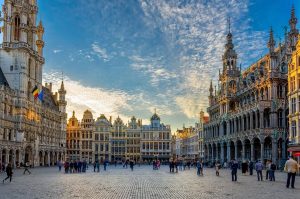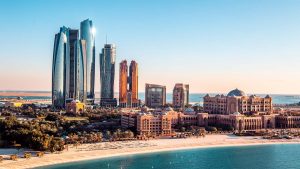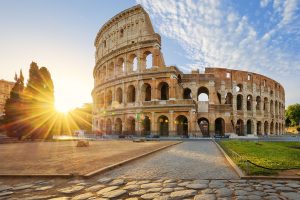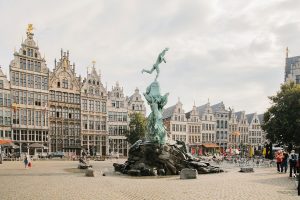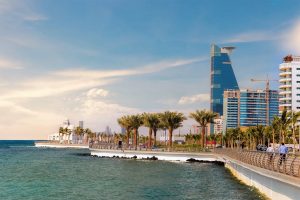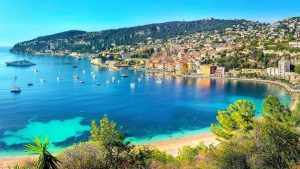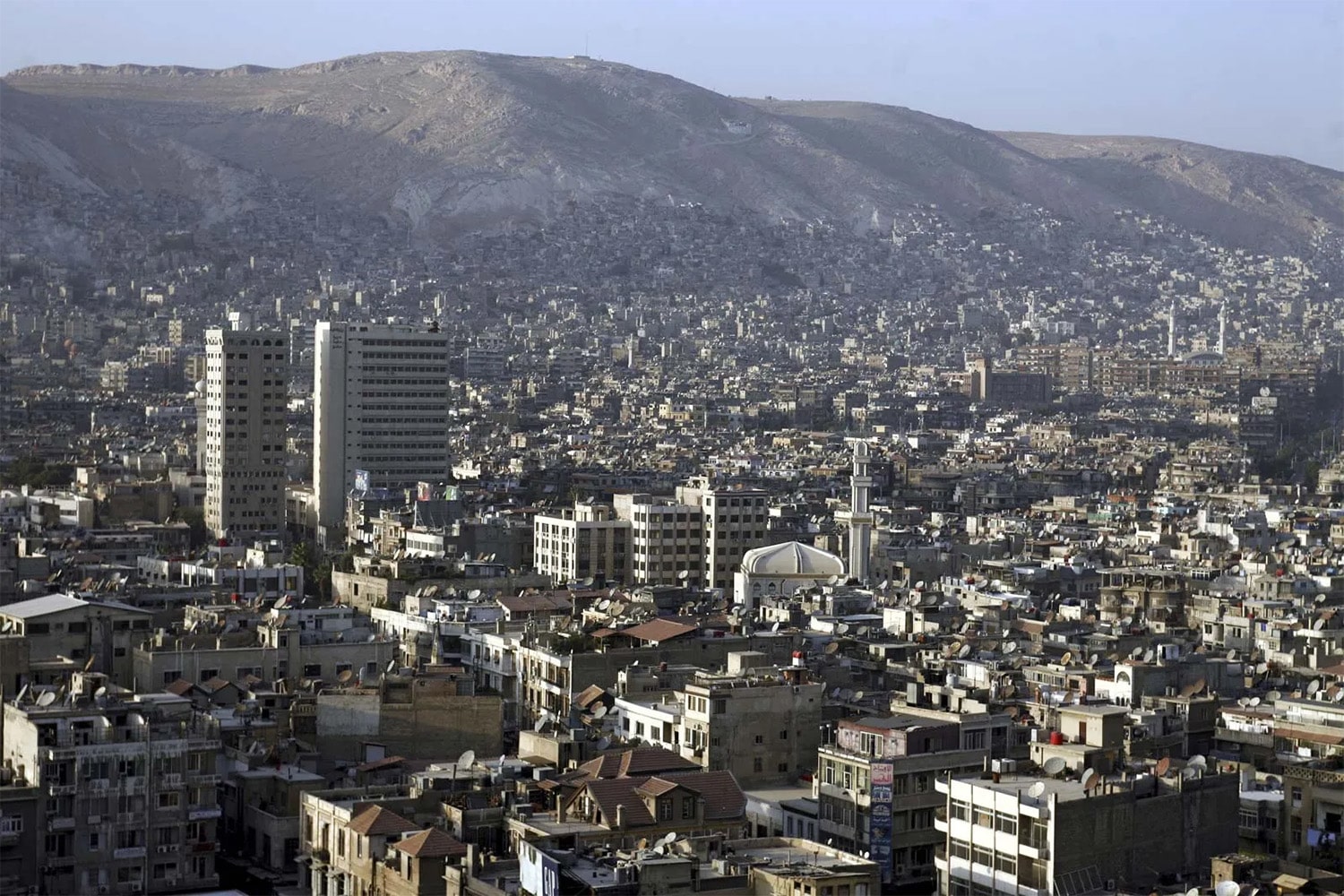
21 interesting facts about Damascus
- 👁️ 1540
Damascus, the capital city of Syria, holds the distinction of being one of the oldest continuously inhabited cities in the world. Its rich history spans thousands of years, serving as a vital cultural, commercial, and administrative center from the time of ancient civilizations through Islamic empires to the modern era. Damascus has witnessed the rise and fall of empires, becoming a mosaic of different epochs and influences. This city, cradled by the Barada River and surrounded by the Ghouta oasis, offers a glimpse into the past with its ancient architecture, traditional crafts, and historical landmarks. Here are 21 interesting and informative facts about Damascus that showcase its historical significance, cultural heritage, and enduring legacy.
- Damascus is often referred to as the “City of Jasmine” because of the jasmine flowers that decorate its streets and homes.
- The city has been inhabited since as early as 10,000 B.C., making it one of the world’s oldest cities.
- Damascus became the capital of the Umayyad Caliphate in 661 A.D., which at the time was the largest empire in the world.
- The Umayyad Mosque, also known as the Great Mosque of Damascus, is one of the oldest and largest mosques in the world.
- Damascus steel, renowned for its strength, resilience, and ability to be honed to a sharp, resistant edge, originated in this city.
- The Ancient City of Damascus was designated a UNESCO World Heritage Site in 1979 due to its historical and architectural significance.
- The Damascus Rose, famous for its fragrance, is native to the city and is used in perfumes and cosmetics.
- The Street Called Straight (Via Recta) mentioned in the Bible (Acts 9:11) is still one of the main streets in Damascus’s old city.
- Damascus is home to one of the few remaining Jewish communities in Syria, with a history dating back to biblical times.
- The National Museum of Damascus houses artifacts from various periods of Syrian history, including the prehistoric, Greek, Roman, Byzantine, and Islamic eras.
- The city’s old town is surrounded by Roman walls, parts of which still stand today.
- Azem Palace, built in 1749, is a prime example of Damascene architecture and now serves as a museum of arts and popular traditions.
- Bab Kisan, one of the seven ancient city gates, is believed to be the site where St. Paul escaped from Damascus in a basket.
- Damascus was a major stop on the Silk Road, which facilitated trade between the East and the West.
- The city has a semi-arid climate, with hot, dry summers and mild, wet winters.
- Maaloula, a village near Damascus, is one of the last places where Western Aramaic, the language of Jesus Christ, is still spoken.
- Al-Hamidiyah Souq is the largest and oldest bazaar in Damascus, offering a wide range of goods, including textiles, spices, and traditional crafts.
- The Seven Sleepers, a group of Christian youths who escaped persecution by sleeping in a cave near Ephesus for centuries, are said to have been born in Damascus.
- The Ghouta oasis, surrounding Damascus, has been an important agricultural area since ancient times, providing the city with fresh produce.
- Anjar, another Umayyad site with historical ties to Damascus, is located in modern-day Lebanon and shows the architectural prowess of the Umayyad dynasty.
- Despite the recent conflict, Damascus remains a symbol of resilience, with efforts underway to preserve its rich cultural heritage and historical sites.
Damascus’s story is a testament to human civilization’s endurance and the city’s significance as a cultural and historical beacon in the Middle East. Its ancient streets, monumental buildings, and the living history within its walls continue to fascinate historians, archaeologists, and travelers from around the world. As Damascus moves forward, it carries the weight of its past, striving to protect its legacy while navigating the challenges of the modern era. The city’s rich tapestry of history, culture, and tradition makes it an invaluable part of our global heritage.
